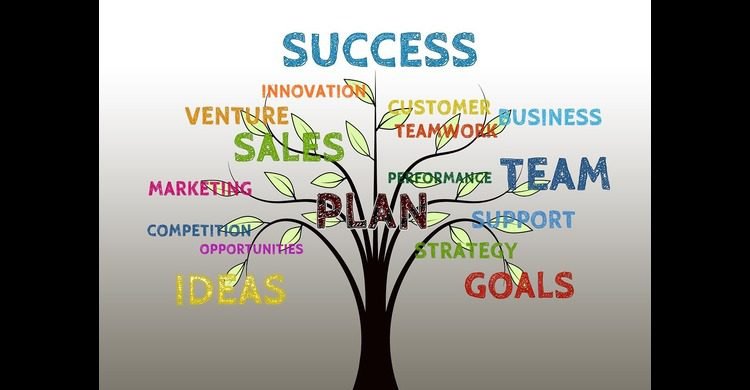Education in Japan has a long and illustrious history that dates back to the Nara era (710–794). The Meiji era (1868–1922) saw the creation of the modern educational system, which has subsequently undergone various revisions. The three levels of the Japanese educational system are as follows:
- Elementary school: All students between the ages of 6 and 12 must attend elementary school. Typically, students spend six years in primary school.
- Junior high school: All students between the ages of 12 and 15 must attend junior high school. Typically, junior high school lasts three years for students.
- High school: Although it is not required, the majority of pupils attend high school. Typically, high school lasts three years for each student.
Japanese students routinely place among the top in the world in international examinations, and the country has a longstanding reputation for having a high-quality educational system. But what are the unacknowledged aspects that support Japan’s academic success? The emphasis on lifelong learning is one of the crucial elements. Education is highly valued in Japanese society, and kids are instructed early on that learning is a continuous process. This is mirrored in the rigid and highly regimented Japanese educational system. It is expected of students to put in significant study time and succeed academically.
The emphasis on teamwork is another crucial element. In Japanese schools, cooperation and teamwork are highly valued. Students learn how to collaborate to solve issues and accomplish shared objectives. Students’ social and problem-solving skills are improved as a result of this. Teachers in Japan are also held in high regard and are essential to the country’s educational system. They are required to deliver teaching of the highest caliber and are well-trained. Additionally, teachers are supposed to serve as role models for their pupils and are responsible for their academic progress.
Lastly, parents in Japan are very interested in their kids’ education. They encourage their kids to work hard in school and provide them with the tools they need to succeed. This robust parental support contributes to fostering an environment that is conducive to learning for pupils.
The astounding academic performance of Japan is a result of all of these elements. Excellence in education is built on a foundation of the importance of lifelong learning, group cooperation, excellent instruction, and strong parental support.
Here are some concrete instances of the distinctive educational techniques, learning-centered cultural norms, and cutting-edge teaching strategies that may be contributing to Japan’s academic success:
- Early childhood education: It is highly prioritized in Japan, where preschools are widely accessible and reasonably priced. Language, math, and social skills development are all laid out in the early years of education.
- Rigorous Academic program: Math, science, language arts, and social studies are all subjects that Japanese students are expected to take. They begin learning English with young children.
- The importance of standardized testing: Throughout their schooling, Japanese students are forced to take several standardized examinations. These exams assist in evaluating their development and confirming that they are fulfilling the national criteria.
- Long school and college days: Schedule of Japanese kids often attend school for 6 or 7 hours each day, five days per week. Long school days and school year. Additionally, compared to many other nations, the school year is longer.
- Attendance is required: In Japan, attendance is required, and students are expected to show up to class even if they are ill. This makes it possible for all pupils to have the chance to study.
- Respect for educators: In Japan, educators are held in great regard and are seen as role models for their pupils. This reverence for educators fosters a favorable learning environment.
- Involvement of parents: In Japan, parents are very interested in their children’s education. They participate in parent-teacher conferences, assist with homework, and volunteer at the school. This parental participation contributes to children’s academic performance.
The combination of excellent instruction, cooperation, lifelong learning, and strong family support is the driving force behind Japan’s educational successes. This all-encompassing strategy not only conveys knowledge, but also shapes people with the skills and outlook needed to succeed in a fast-paced environment. Japan’s educational system serves as a shining example of successful methods for nurturing brilliance as countries strive to improve their educational systems.
Writer,
Shahriar Nasib
Intern, Content Writing Department
YSSE

